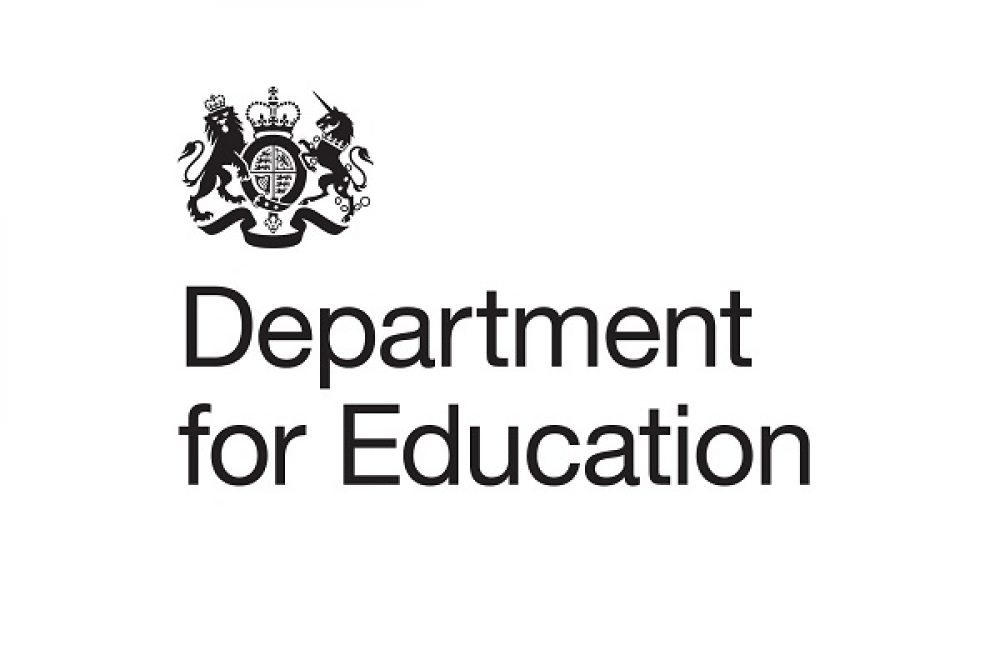The Standards and Testing Agency has confirmed the six providers for reception baseline assessments, as it is revealed providers must recruit at least 10 per cent of schools by the end of April in order to go ahead.
Schools have been informed that if their chosen provider does not recruit enough schools in the coming months they will have to select an alternate.
Chief executive of GL Assessment Greg Watson – one of the providers on the DfE list – told Schools Week that would mean each provider signing up about 1,800 primary schools in order to offer the assessments.
The DfE released the list of six providers yesterday (Wed) as part of its guidance to schools on how to sign up for the reception baseline assessments.
It said that providers who did not recruit a “sufficient” number of schools would not be able to offer the reception baseline. In its guidance, the DfE says schools will be contacted by June 3 2015 if they have chosen a provider that has been suspended – and will “then be able to choose an alternative approved provider”.
Mr Watson told Schools Week: “We need to have signed up 10 per cent of relevant schools, and that takes it to just shy of 1,800. Different lists of schools in England give you slightly different numbers.”
He said that having a number of providers was the right approach: “I think it’s the right principle. If the output we get from these assessments is to be reliable, providers need a decent number of schools to ensure the results are valid.”
Offering a number of providers with a choice of models was “really healthy” he said. “I think it stimulates a bit of competition about the thing”.
He added. “Some people, such as us, have a digital model, while some do paper and pencil tests. It’s not a bad thing. There’s nothing new to baselining – the big change is in putting forward highly reliable tests.”
The DfE said government-funded schools wishing to use the baseline assessment from September 2015 should sign up to the reception baseline that “best fits your school’s need and approach to assessment” by the end of April 2015.
By 2022 it would “use whichever measure shows the most progress: reception baseline to key stage 2 results or key stage 1 to key stage 2 results”.
From September 2016, it said schools would only be able to use their reception baseline key stage 2 results to measure progress. If they choose not to use the reception baseline, from 2023 schools would only be held to account by pupils’ attainment at the end of key stage 2. Independent schools may use the reception baseline, but their data won’t be collected.
The DfE guidance states it will meet the basic cost of approved reception baselines for local-authority maintained schools, academies and free schools. Independent schools must pay the full cost.
For the 2015 to 2016 academic year, local-authority maintained schools, academies and free schools should pay for the reception baseline and will then be reimbursed for the basic cost. From September 2016 the school budget will include funds for the reception baseline, says the guidance.
The providers are the Centre for Evaluation and Monitoring Durham University (CEM), Early Excellence, GL Assessment, Hodder Education, National Foundation for Educational Research (NFER) and Speech Link.







Your thoughts